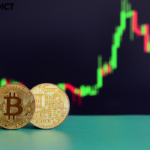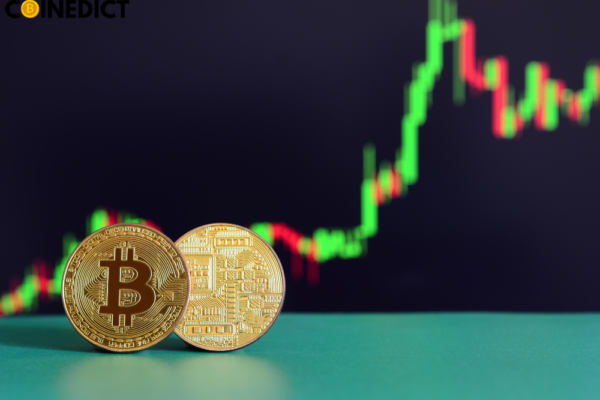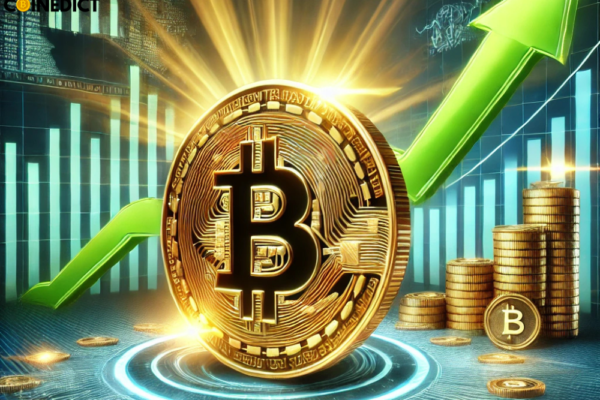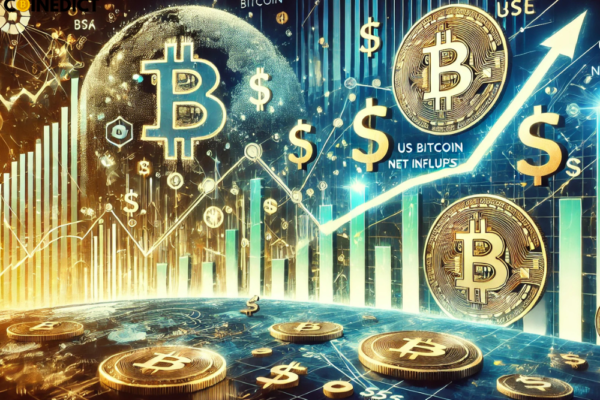In a time of economic uncertainty, the Trucking Empire stands out as a symbol of opportunity. This ambitious project, which was founded by Jolrancy and other bright minds, aims to provide investment opportunities to people with an interest in the trucking and logistics industries. Let’s unpack the details and understand how Trucking Empire is changing the whole game. Subscribe to FREE Newsletter Now and get access to a personal video message from the Founder of Trucking Empire and explore ‘The Operator Plan’ subscribe.truckingempire.io What Is Trucking Empire? Trucking Empire operates as a decentralized blockchain transportation and logistics company, leading the way in the adoption of blockchain technology and fractional ownership within the trucking logistics industry. Its inception was fuelled by a combination of cutting-edge technology and a strong commitment to effective truck management. The founder and team astutely recognized the challenges faced by trucking companies worldwide, which are: ● High investment costs: Traditional trucking ventures often require large upfront capital (down payments, insurance, highway taxes, etc.). The Trucking Empire promotes ownership and breaks down the biggest barrier to investing in the transportation and logistics industries. By fractionalizing assets, Truck Empire allows operators to participate without these financial burdens. ● Inefficient processes: Manual paperwork, delays, and communication gaps plague the industry. Trucking Empire’s solution lies in easy integration with existing logistics frameworks, utilizing smart contracts to automate transactions and ensure safe, transparent operations. ● Transparency gap: Lack of transparency hinders trust and efficiency. With blockchain as their cornerstone, the founders set out to create a smooth ecosystem that benefits truckers, shippers, and the entire supply chain. Every stage of a shipment, from origin to delivery, is meticulously tracked on the immutable blockchain, providing real-time visibility and reducing disputes. Subscribe to FREE Newsletter Now and get access to a personal video message from the Founder of Trucking Empire and explore ‘The Operator Plan’ subscribe.truckingempire.io What’s so special about the Trucking Empire? At the heart of the Trucking Empire lies the exclusive membership program known as the “Operator Plan.” This strategic framework isn’t just about trucks and NFTs, it’s about people building their brands. Here’s what you need to know: The Operator Plan is a set of key actions within the Trucking Empire community. As operators progress through these operator plans, they not only build their brand but also contribute to the community and access exclusive benefits and special offers. Operators can collaborate, learn, and thrive together. Trucking Empire also introduces a groundbreaking concept for its operators, which is owning fractional NFTs. These unique NFTs represent fractional ownership of semi-trucks, allowing investors to own a piece of the logistics industry. Let’s take an example when an operator purchases a fractional NFT tied to a real world asset (RWA), such as a semi-truck. When all NFT units for a specific RWA are sold, the funds are put to work, bringing in revenue for the operator. Let’s take Trucking Empire’s first used Blue Beacon semi-truck currently in their possession as an example. When all NFT units for the Blue Beacon are sold. The raised funds are used to make the truck road ready. A driver is hired, and the truck is leased to Trucking Empire’s truck authority. Operators will then receive weekly settlements showing gross earnings, expenses, and net profit. These proceeds are distributed in SFUEL stablecoins. Subscribe to FREE Newsletter Now and get access to a personal video message from the Founder of Trucking Empire and explore ‘The Operator Plan’ subscribe.truckingempire.io What’s the roadmap ahead? There are other innovations still coming up in the Trucking Empire ecosystem. Let’s dive into the exciting roadmap ahead for Trucking Empire: 1. Play-to-earn games: In 2025, the Trucking Empire will introduce a play-to-earn game where operators can immerse themselves in a captivating gaming world. By completing missions, they’ll earn SEMI tokens, adding a rewarding twist to their trucking adventures. 2. Real-World Assets (RWA) Semi Trucks: Trucking Empire’s upcoming launch of RWA semi-trucks promises to be a game-changer. These trucks, backed by blockchain technology, offer unparalleled security, traceability, and efficiency. Imagine a fleet of semi-trucks where every maintenance record, fuel transaction, and cargo movement are securely recorded on an immutable ledger. RWA semi-trucks empower truckers with real-time insights, reducing downtime and enhancing safety. 3. Trucking Empire Swap: The Trucking Swap platform facilitates simple and secure token exchanges across multiple blockchain networks, including Ethereum and Polygon. Powered by the innovative Uniswap protocol and 0x Protocol, it allows users to swap a wide range of tokens, including custom tokens specific to the Polygon network. Experience fast, efficient transactions with low fees, all while benefiting from a user-centric platform that caters to swapping needs across different ecosystems. 4. Dispatcher course: Operators can explore new paths within Trucking Empire by taking the dispatcher course. Whether they choose to work within the game or as independent contractors, this course empowers members to become skilled dispatchers within the trucking industry. The course is set to launch in July, providing valuable knowledge and opportunities for growth. Trucking Empire’s commitment to innovation and user experience ensures an exciting journey for truckers and crypto enthusiasts alike. 5. NFT Marketplace: NFTs (non-fungible tokens) have taken the digital world by storm, but Trucking Empire is taking them to the asphalt. In the coming months, the Trucking Empire will introduce a multichain NFT marketplace where users and operators can buy and sell NFTs on multiple chains. This shows that the Trucking Empire ecosystem generally offers flexibility and growth opportunities. It offers a platform that enables innovative features like smart contracts, real-time tracking, decentralized storage, and now, fractional ownership of logistics assets through NFTs. Whether you’re a truck enthusiast, a gamer, or an investor, this project offers something for everyone. Subscribe to FREE Newsletter Now and get access to a personal video message from the Founder of Trucking Empire and explore ‘The Operator Plan’ subscribe.truckingempire.io Conclusion Trucking Empire isn’t just about trucks, it’s about empowering individuals, fostering community, and driving change. By improving logistics, reducing paperwork, and enhancing…


















